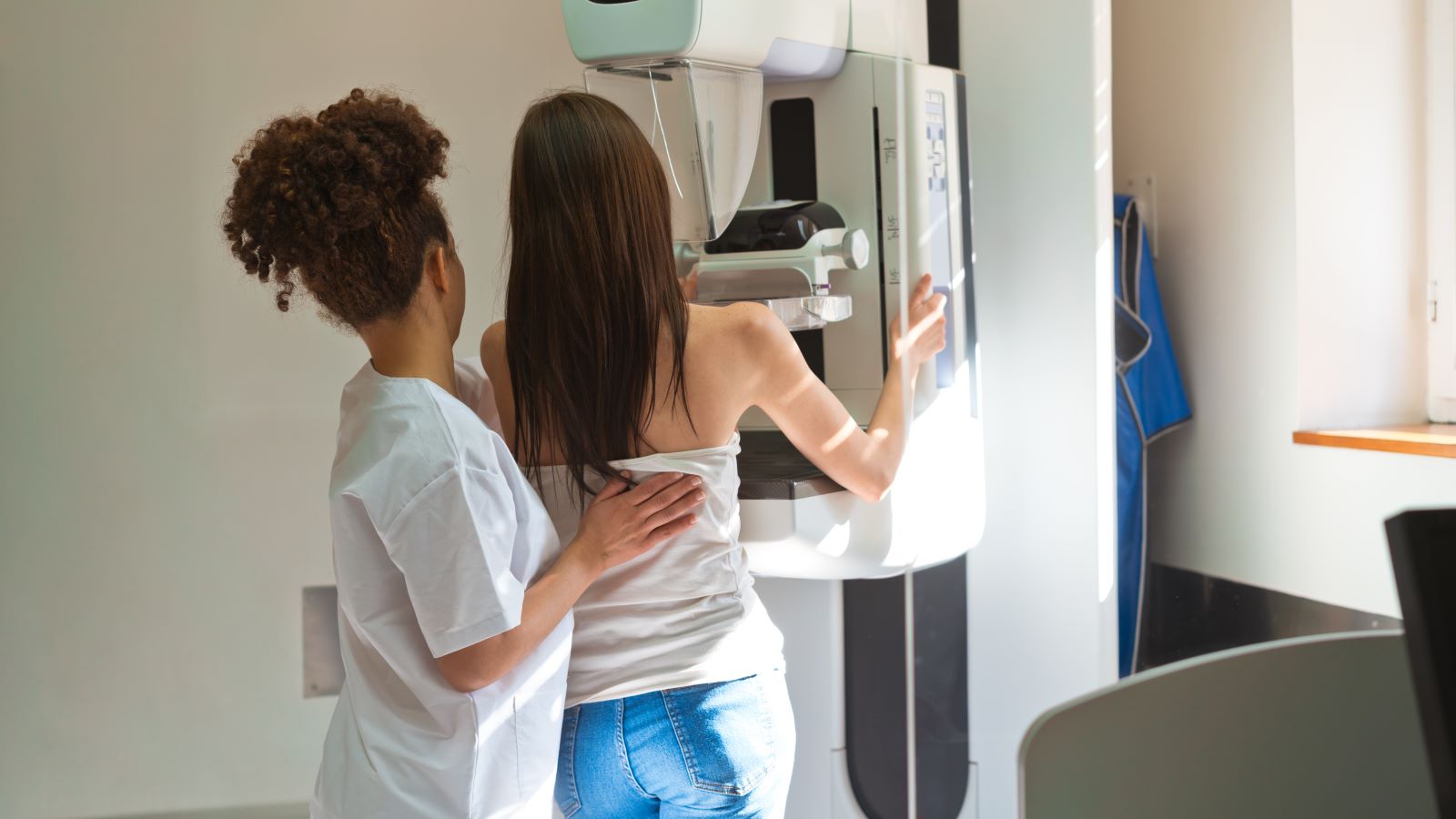<< Back
At What Age Should I Start Getting Mammograms?

July 18, 2024
Age is just a number. Except for when it comes to health screenings like mammograms.
But at what age should women actually start getting mammograms?
We asked Niamey Wilson, MD, associate director of the Hartford HealthCare Cancer Institute Breast Program at MidState Medical Center to break down the guidelines.
All women should start getting mammograms at age 40.
Mammograms detect breast cancer in women without any symptoms. But the age at which women should begin getting them has been somewhat controversial, says Dr. Wilson.
The United States Preventative Services Task Force (USPSTF) recently released new guidelines recommending all women start screening at 40. This updated previous guidelines that women should only begin screening at age 40 if their healthcare provider recommended it based on personal risk.
“These new guidelines of 40 is more in line with most other cancer organizations like the American College of Radiology and American Society of Breast Surgeons,” she explains.
> Younger Women Should Start Getting Mammograms, According to New Guidelines
The reason for the update is more young women are getting breast cancer.
The main reason for the drop in recommended age for a women’s first mammogram is because of the rise in breast cancer.
In fact, there’s been 2% increase in breast cancer in younger patients annually since 2015.
Another reason comes from the health equity perspective. Black women die from breast cancer almost 40% more often than white women.
“Breast cancer is extraordinarily treatable today, even though it is extremely common with nearly 1 in 8 women being diagnosed. Thankfully mortality rate have been steadily decreasing over time,” she says.
> Want more health news? Text StartHere to 85209 to sign up for text alerts
When caught early, breast cancer is very treatable.
Cure rates for breast cancer is highly dependent on catching the disease early. This keeps the cancer contained to the breast itself, versus spreading to lymph nodes and beyond, Dr. Wilson says.
“In the first five years, cure rates for invasive cancer are close to 99% if it is localized to the breast,” she adds. “The earliest stage of breast cancer can be detected when the cancer cells are just forming but contained in the milk ducts of the breast.”
Breast cancer is the second leading cause of cancer death in women, with about 42,000 dying each year. But if all women had mammograms when recommended, the death rate would drop by 20%.